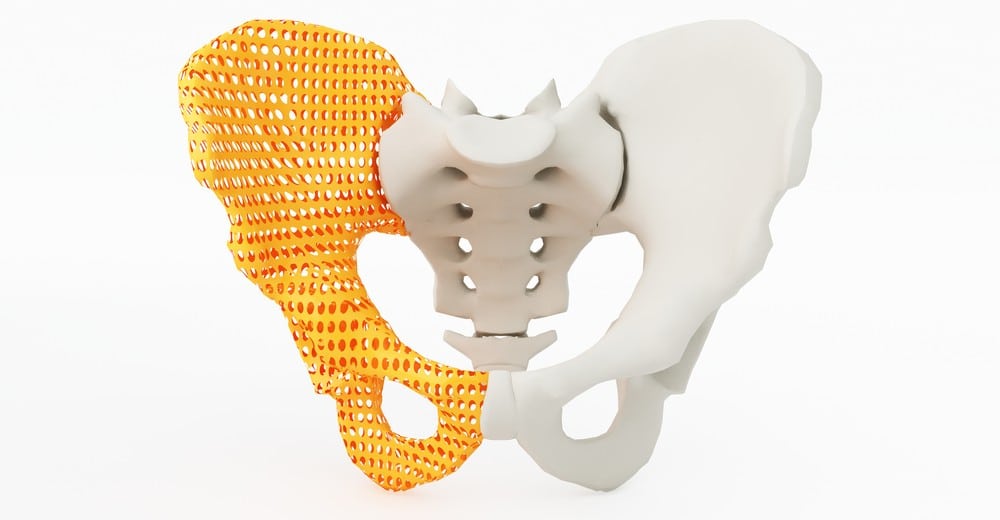
What Advancements in Treatments Can You Expect Within the Next 20 Years?
From face transplants to curing blindness, the world of healthcare is something to marvel. There has been amazing progress against cancer, diabetes and HIV, among other conditions. But what are the orthopaedic breakthroughs about to happen and what effects will they have for patients?
3D Printed Body Parts
3D printing is starting to take off and is having massive effects in a variety of different industries. In healthcare, one of the most anticipated uses is for replacing body parts – in particular bones.
3D printed bones allow surgeons to create custom parts for patients so that they fit exactly right where they need. It is extremely useful for patients with complications – such as a misaligned hip.
This is already happening now in the UK at Southampton General Hospital. The joint costs £12,000, costing 10 times more than a conventional hip replacement.
3D printed hips have resulted in a massive increase of mobility and saved some from a life in a wheelchair. As more operations occur, we can expect the cost of these 3D-printed implants to decrease dramatically.
New Medicines/Drugs With Minimal Side Effects
Taking medicine for the many different types of arthritis is a great way to manage the pain of the condition. But many of the drugs may have side effects, such as addiction or cause breathing difficulties. In some cases, accidental overdosing is also a problem.
There are many new medicines on the horizon – one of the most exciting and promising is named PZM21. Created by Nobel Prize-winning chemists from Stanford University, the painkiller is said to have longer pain relief than morphine. It is also less addictive without causing breathing difficulty and less constipation.
If PZM21 passes clinical trials, it could be a replacement for common opium-based drugs. So morphine, codeine and semi-synthetic heroin may be redundant in future.
Hydrogels to Aid Stem Cells Repaired Bones
Using bone marrow stem cells to repair broken bones is now common practice for many hospitals. But the problem with using bone marrow stem cells is that the marrow migrates from the damaged site over time, slowing down the repair.
By using hydrogels, they are able to encase the stem cells to avoid them being lost within the body. Hydrogels mimic natural tissues to the body to avoid the body’s defences and are biodegradable. By utilising the gels, bone growth/repair can occur much quicker.
Degradable Surgical Plates and Screws
Many of the surgical procedures involving broken bones require stainless steel or titanium screws. These are great for holding the bones in place but stay inside the patient’s body until the removal – requiring more surgery. This is especially true if the patients are children to avoid stunting skeletal growth.
However, there are new developments that future internal fixations will be completed with degradable surgical plates and screws. There are two materials in consideration – silk protein and magnesium. These would hold the bones in place for the required time then degrade into the body, removing the need for removal surgery.
With a magnesium screw, doctors can control the rate at which the screw is absorbed into the body. But there are downsides. The reaction caused by magnesium and the body reduces hydrogen. The body can handle hydrogen in small doses but not in large doses. This means that magnesium screws will likely need supervision.
With silk protein, the solid screw is extremely reliable. In lab tests, none failed over 8 weeks and is likely to help with fractures. Silk protein is radiolucent (not seen on X-ray), doctors and surgeons can assess the healing of the fractures without a metal device obscuring their view.
What are your expectations for the future of orthopaedic treatments? Let us know on Facebook, Twitter and LinkedIn.









